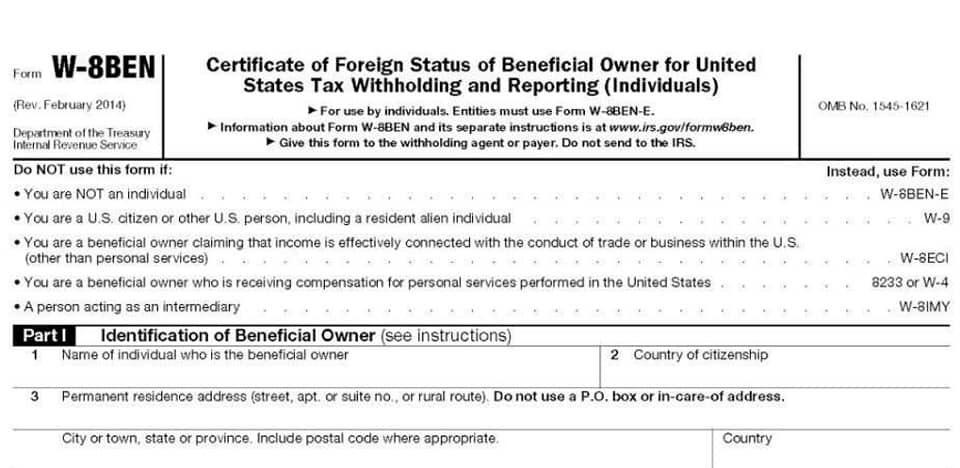Tax Shield: Definition, Formula & Examples

Sandra Habiger is a Chartered Professional Accountant with a Bachelor’s Degree in Business Administration from the University of Washington. Sandra’s areas of focus include advising depreciation tax shield real estate agents, brokers, and investors. She supports small businesses in growing to their first six figures and beyond.

Tax Shield Formula, Types, Examples & How to Calculate ? (
In these formulas, “Tax rate” refers to the applicable tax rate, which is the rate at which the taxpayer’s taxable income is taxed. For example, if a company has a tax rate of 30%, the tax shield formula would use a tax rate of 0.30. The statement holds true until the risk of default and bankruptcy outweighs the tax shield benefits, causing the capital structure of the company to likely be in need of debt restructuring. Similar to the tax shield offered in compensation for medical expenses, charitable giving can also lower a taxpayer’s obligations. In order to qualify, the taxpayer must use itemized deductions on their tax return. The deductible amount may be as high as 60% of the taxpayer’s adjusted gross income, depending on the specific circumstances.
- From the list above, we can see the interest expense is reducing down by $8m each year until reaching $0m in Year 5.
- This happens through claiming allowable deductions like medical expenses, charitable donations, or mortgage interest.
- Sensitivity analysis involves analyzing how changes in the input variables affect the present value of the tax shield.
- The taxes saved due to the Interest Expense deductions are the Interest Tax Shield.
- By reducing their tax liability, companies can increase their after-tax earnings and improve their overall financial performance.
- Tax shields are an important aspect of business valuation and vary from country to country.
What Is the Formula for Tax Shield?

In conclusion, we can see the effects of the interest tax shield from our simple comparison of two companies with two different capital structures. On the other hand, Company B’s taxable income becomes $31m after deducting the $4m in interest expense. Note that the following formula above is only applicable for companies that are profitable at the taxable income line. Let us take the example of another company, PQR Ltd., which is planning to purchase equipment worth $30,000 payable in 3 equal Online Accounting yearly installments, and the interest is chargeable at 10%. The company can also acquire the equipment on lease rental basis for $15,000 per annum, payable at the end of each year for three years.
How to calculate the tax shield?
- For example, if a company incurs $100,000 in deductible expenses and the corporate tax rate is 21%, the tax shield equals $21,000.
- These expenses can include interest payments on debt, depreciation of assets, and certain operating expenses.
- To calculate a tax shield, you need to know the value of your tax-deductible expenses and your own individual tax rate.
- Depreciation expense is an accrual accounting concept meant to “match” the timing of the fixed assets purchase—i.e.
- Over the useful life of the machinery, the total tax shield would be $30,000 ($3,000 x 10 years).
- Taxpayers must comply with these laws and regulations to ensure that the deductions and credits claimed are valid and that they are not subject to any penalties or fines for non-compliance.
- The cost allocation in the form of depreciation will ultimately ensure that the final value of the asset appearing in the financial statement will reflect its true and fair current value.
However, there is no tax shield impact on a business that is incurring losses, since there are no profits to be protected by the shield. Key Takeaways Dividends are taxable to a corporation as they represent a company’s profits. Although that tax rate is often more favorable than ordinary income, some see this as a double taxation. The applicable tax rate can vary depending on your location and the nature of your business. It’s important to use the current tax rate provided by your local tax authority or consult a tax professional to determine the correct rate. However, if certain expenses can be clearly allocated between personal and business use (such as a car or home office), the portion used for business may be deductible.
By leveraging these tax shields, companies can reduce their tax burden and increase their cash flow. In the world of finance, companies are constantly seeking ways to minimize their tax liability and maximize their value. One effective bookkeeping and payroll services strategy for achieving this goal is through the use of tax shields. A tax shield refers to a reduction in a company’s tax liability, resulting from the deduction of certain expenses or the utilization of tax credits.


